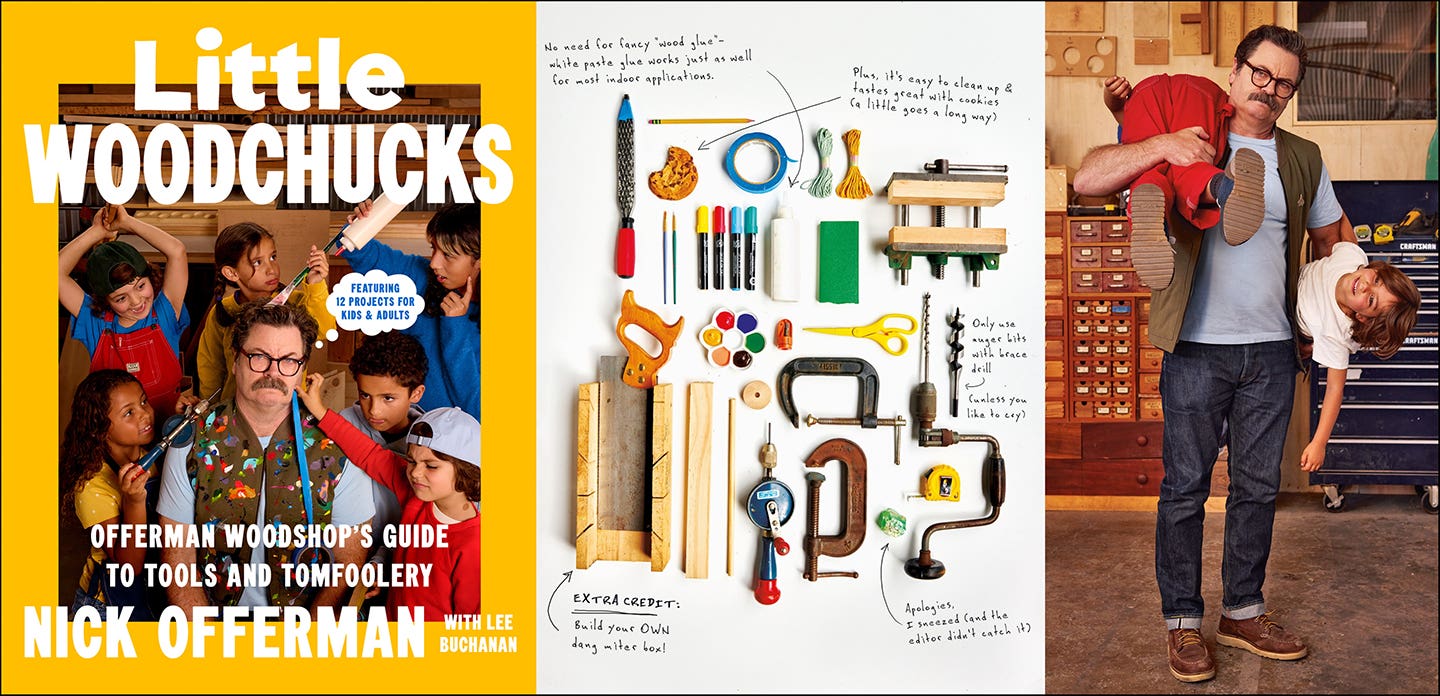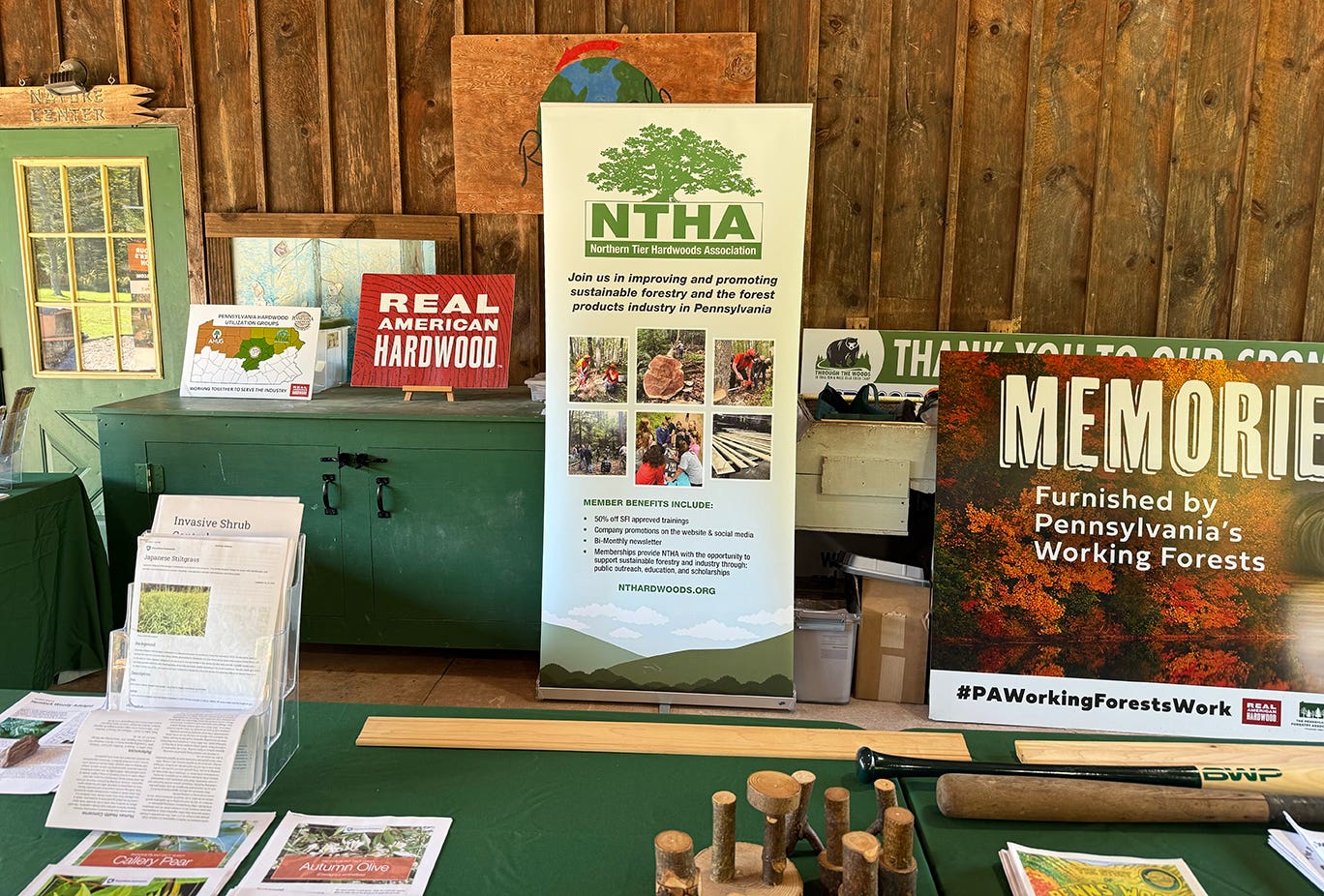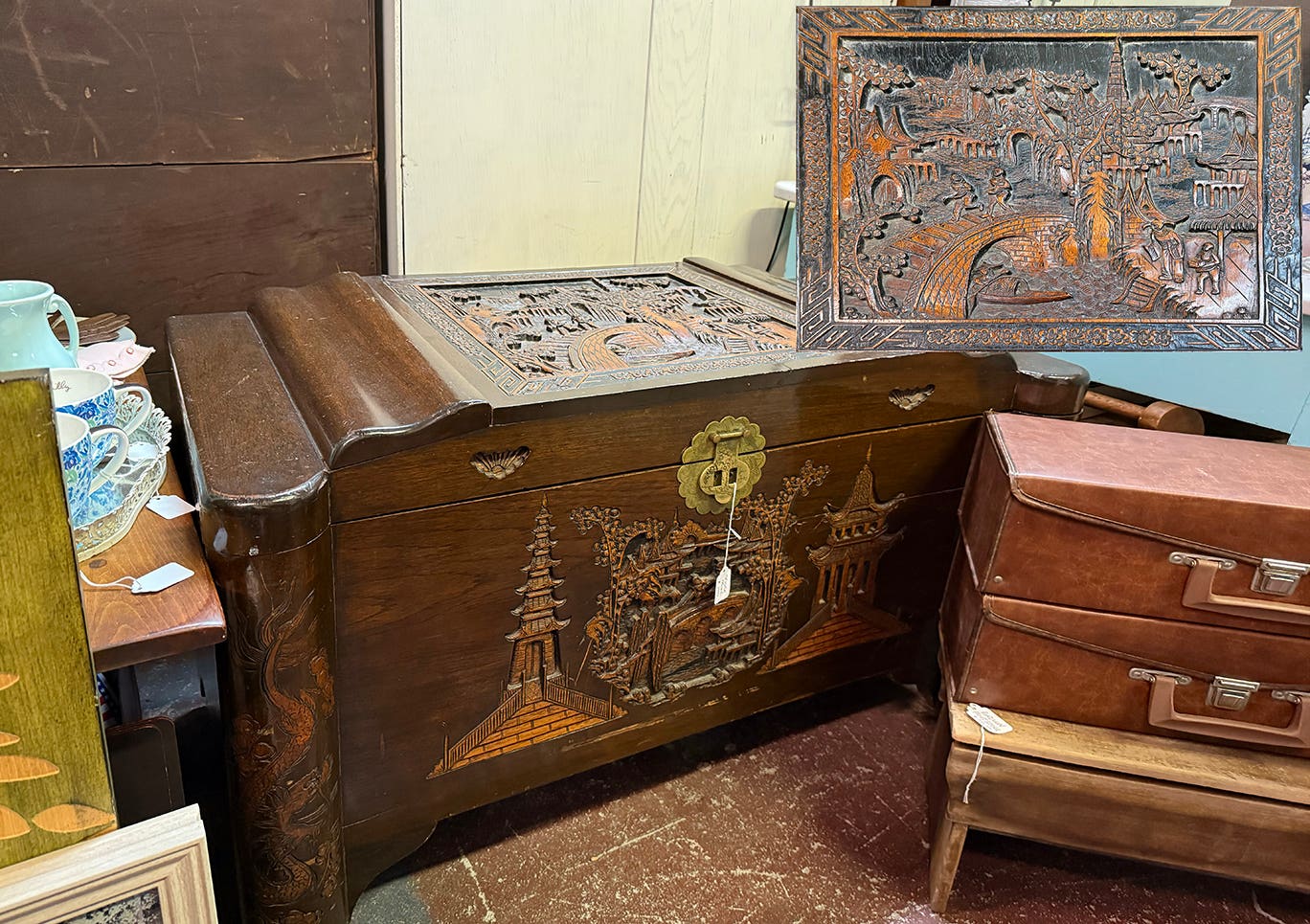Family tree
What is it about old, handed-down wood that appeals to us so much? You could mention a lot of reasons, but there’s really only one: It’s cool. Last October, I…
What is it about old, handed-down wood that appeals to us so much? You could mention a lot of reasons, but there’s really only one: It’s cool.
Last October, I told you about some walnut boards a friend gifted me that his dad had milled years ago. For some reason, that wood seems better than other wood. All other things being equal, common sense tells you that as long as it’s been dried correctly and seasoned properly, recently milled wood isn’t much different from wood milled a few decades ago.
But for some reason – again, with all other things like wood quality, good grain, clear of knots and defects, etc. – old wood that’s passed through a few hands has a certain cachet new wood can’t match. In the case of that walnut I got last fall, it was milled by one woodworker, handed down to another (his son), and then given to a third, namely me. Somehow, I feel that a bit of the essence of the first two woodworkers rubbed off on that wood while in their possession, and it comes to me far more ready for the creative process than something from a local supplier.
I visited a shop in central West Virginia last Friday for an article I’m working on, and the shop owner had a walnut log standing upright next to his band saw. Measuring 4 or 5 feet high and a foot in diameter, it was destined to become a gunstock, with whatever was left over becoming turning blanks. When I asked how old it was, he had to stop and do some math. A woodworker friend had given it to him 10 years ago. That woodworker, who’d had it in his shop for a decade, got it from a local farmer who had been storing it in his barn for 25 years after harvesting it on his land. So, that locally harvested log has taken a 45-year journey in its creative process.
And in a nutshell, that’s probably why we like old, hand-me-down wood so much. We know where it came from, how it got there, where it’s been since and, now that it’s in our possession, what it’ll eventually become – pretty much its entire history.
You can’t even say that about wood from a good supplier, much less a Big Box store.
A.J.
A.J. Hamler is the former editor of Woodshop News and Woodcraft Magazine. He's currently a freelance woodworking writer/editor, which is another way of stating self-employed. When he's not writing or in the shop, he enjoys science fiction, gourmet cooking and Civil War reenacting, but not at the same time.







